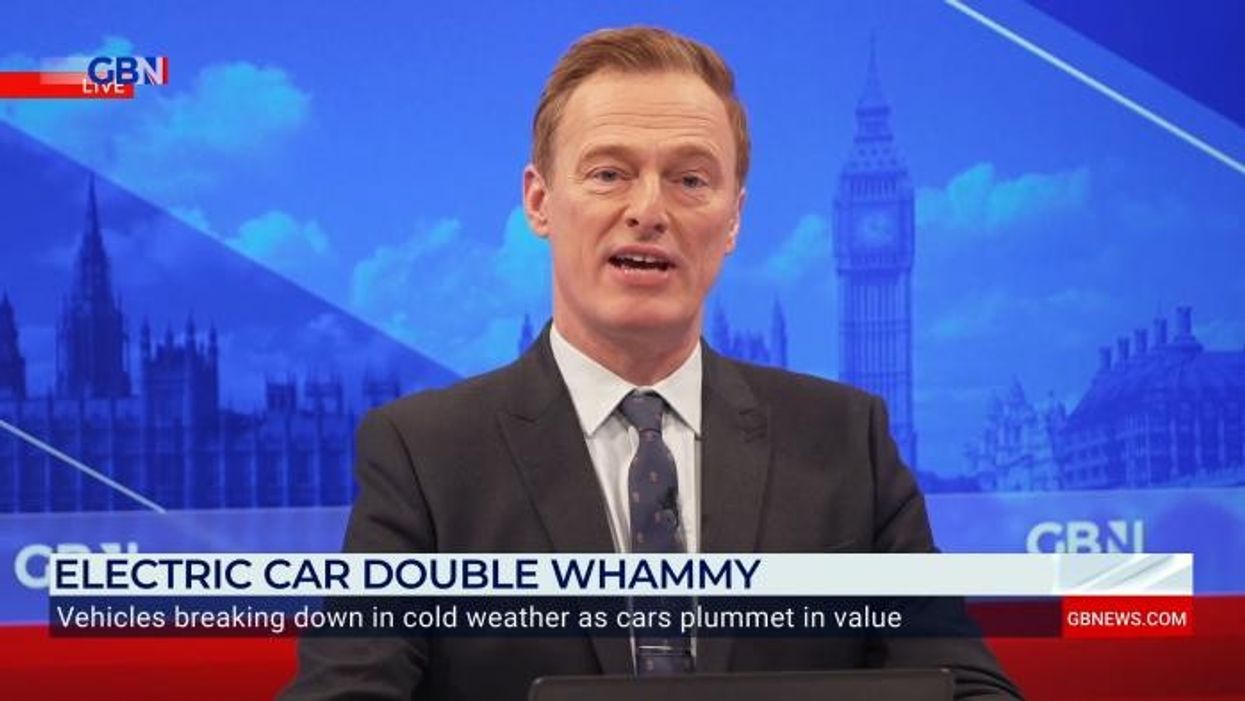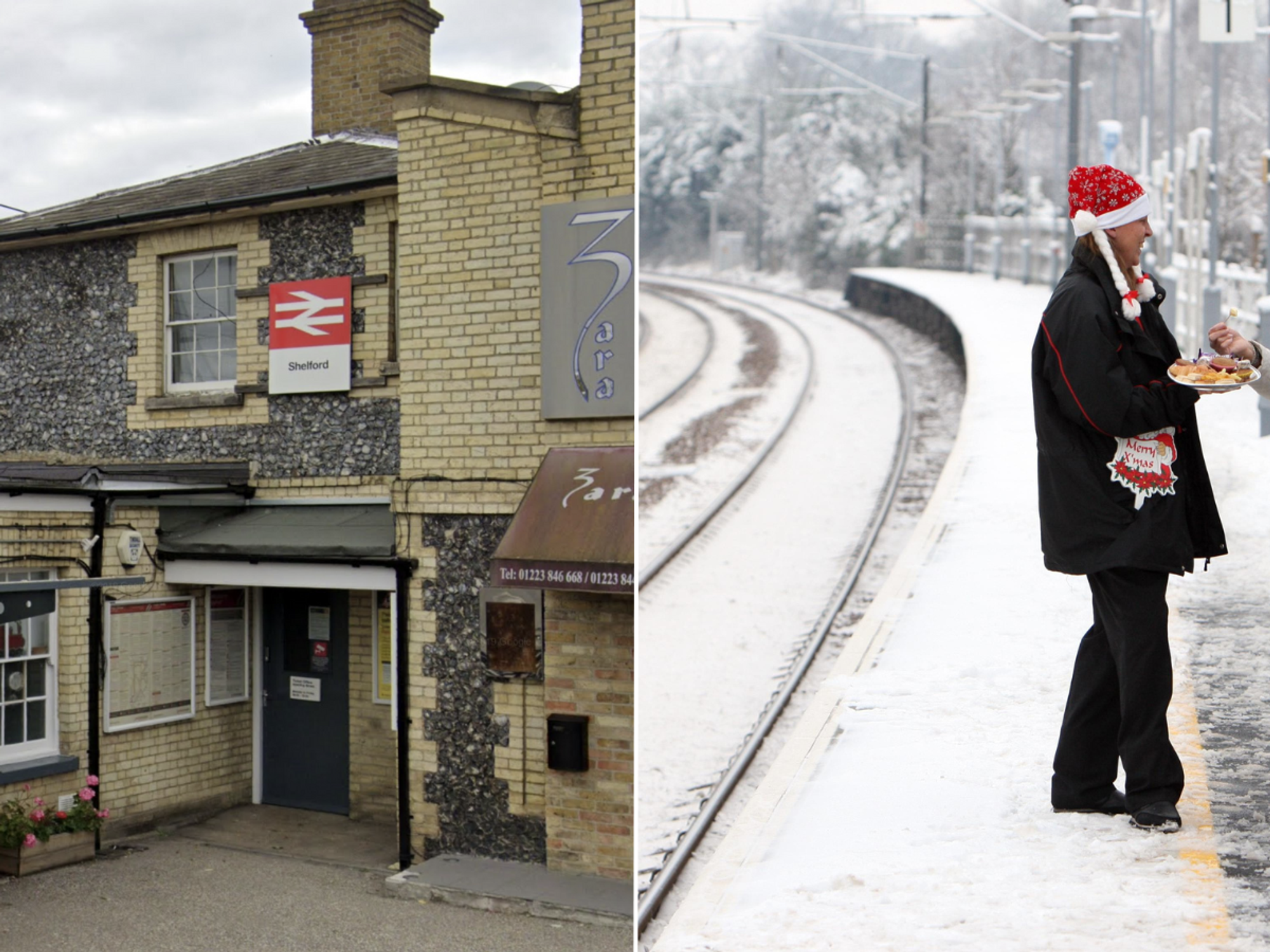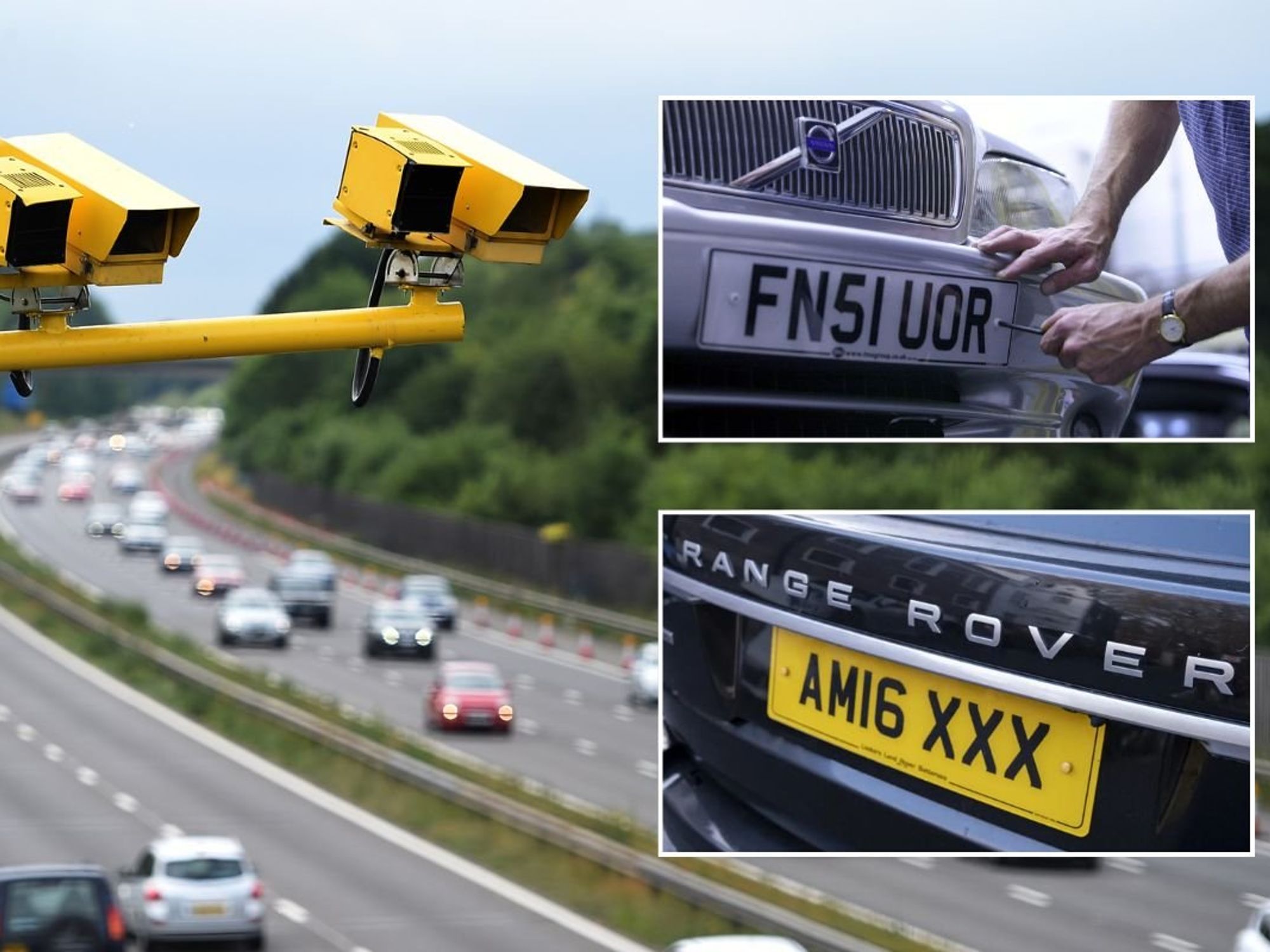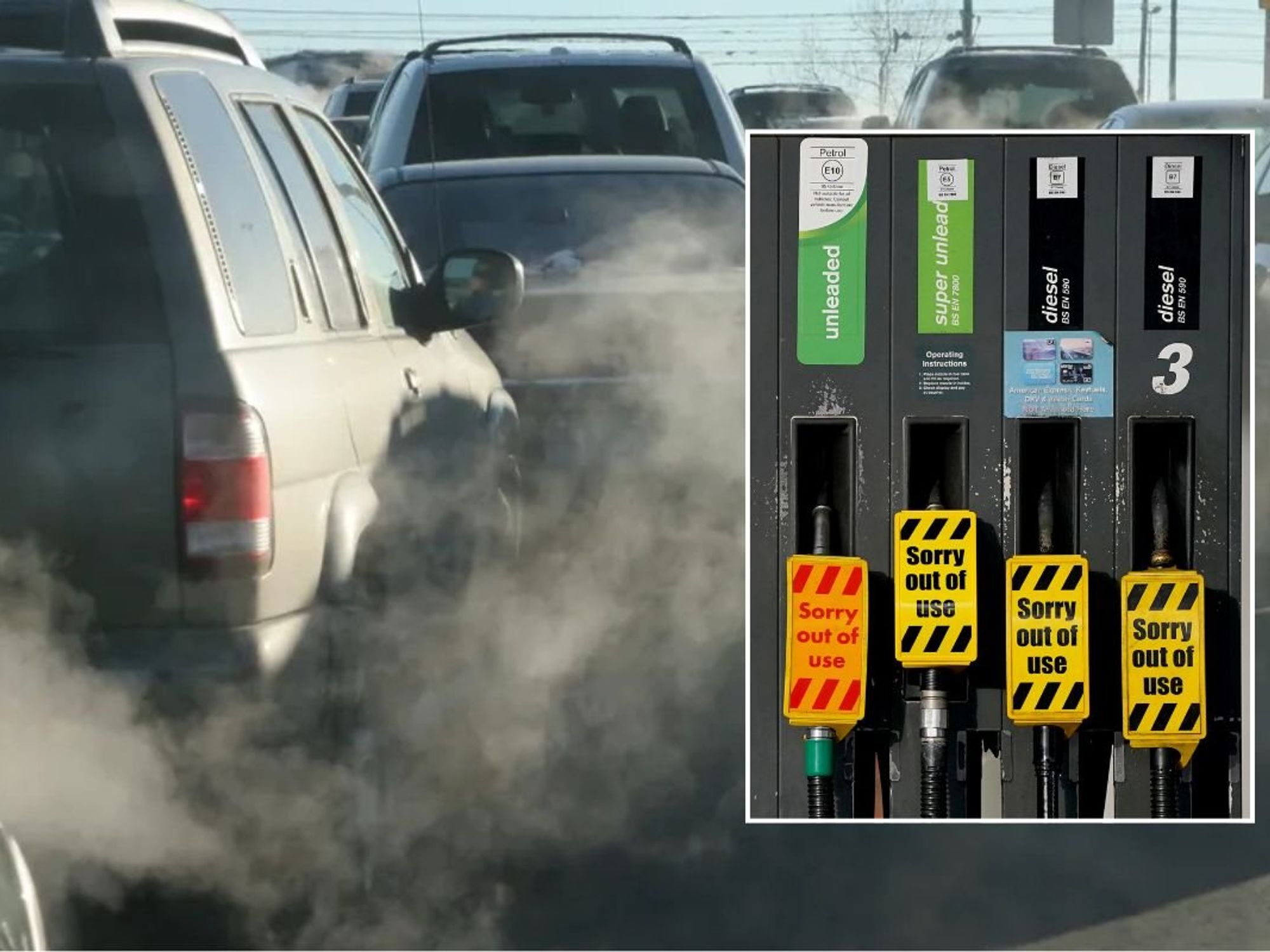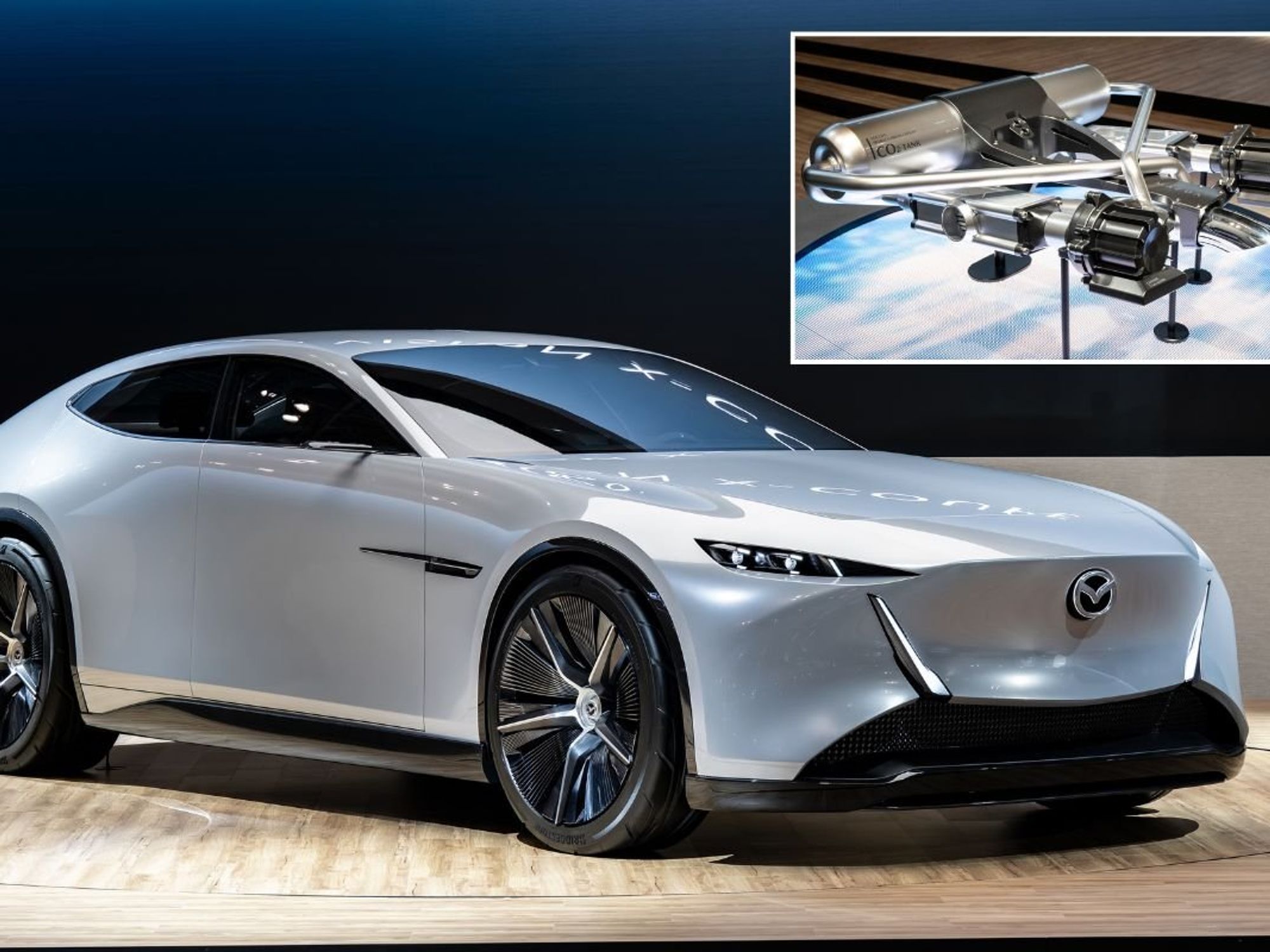Electric car owners without driveways urged to charge vehicles from their homes using 'superb' method

The measures could give millions of drivers the confidence to switch to electric vehicles
Don't Miss
Most Read
Drivers are urging their local councils to introduce new measures which could make electric vehicle charging safer and more accessible for millions of people.
The Government is aiming to have 300,000 public charging points around the UK by the end of the decade to meet the growing demand for EVs, although a number of problems have been highlighted.
Many have called on local authorities and charge point operators to increase the number of on-street chargers to help people without designated off-street parking to make the switch to an EV.
Posting on X, formerly known as Twitter, Tesla Owners UK posted about a suitable alternative to charging an electric vehicle across a pavement.
Do you have a story you'd like to share? Get in touch by emailing motoring@gbnews.uk
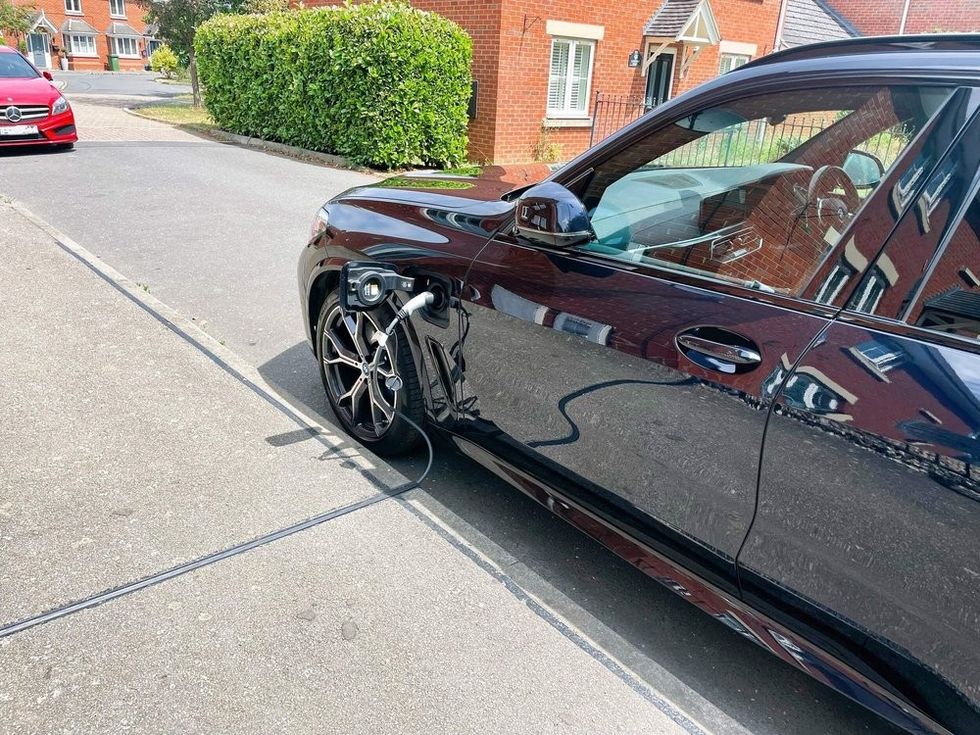
The EV charging gulleys are being rolled out across the country
|KERBO CHARGE
It called on councils across the UK to follow the lead of Cornwall Council after opening a system to allow people to install a gully or channel in the pavement.
A small channel is inserted into the pavement to create a flush opening to hold the charging cable, allowing motorists to park outside their homes and charge their vehicles without causing an obstruction.
The X account stated: “Sure it’s not perfect (e.g. when someone else parks in this spot) but it’s a superb option for many.”
Drivers can apply on their local council’s website to have a Kerbo Charge channel installed, including Cornwall Council.
An application can take four weeks to process and a licence costs £165, although licence fees are subject to review every April.
By installing the channel or gulley, drivers are not guaranteed a space as the road remains public property which could cause further issues if it’s a busy street.
EV organisations and drivers have been calling on councils to have the capability to install such measures and help motorists without driveways keep their vehicles charged.
Other suggestions for plugging a car in using a cable inside the house include using a short charger cable cover, often seen in towns and cities with large light displays.
They can suitably warn people with the yellow outer shell, although it could have an impact on people using wheelchairs and pushchairs as it may be a significant incline compared to the flat pavement.
Some drivers have invested in a flat charging cable solution with a thin strip charging the vehicle while not causing an impediment to anyone walking or wheeling along the path.
However, there are concerns that the EV owner cannot guarantee that the charging cable remains flat at all times, especially during wet and windy weather, potentially causing people to trip over.
Rule 239 of the Highway Code sets out that electric vehicle owners must avoid creating a trip hazard for pedestrians from trailing cables.
LATEST DEVELOPMENTS:
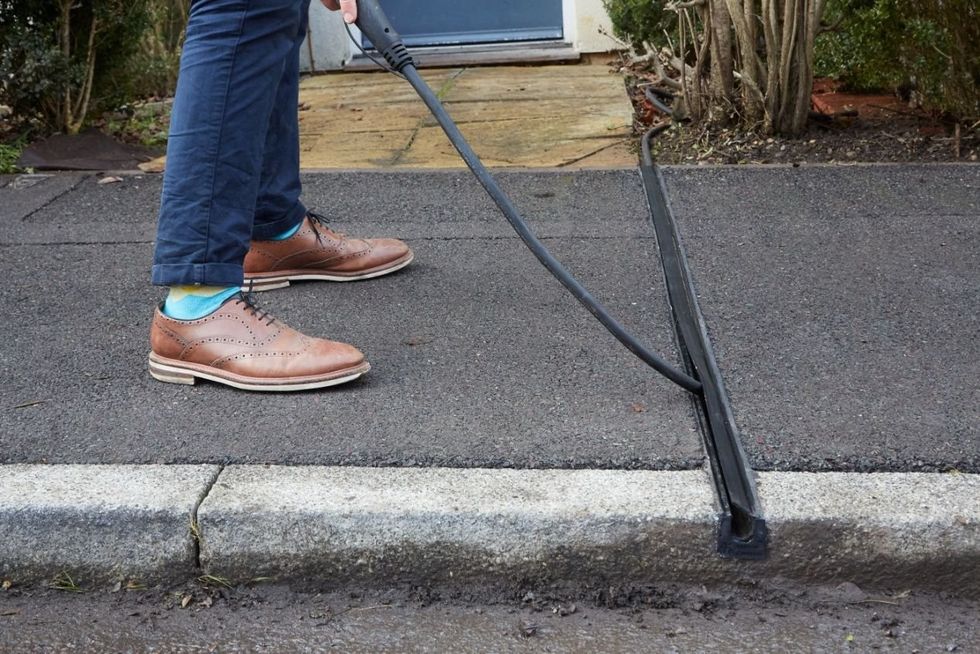
Drivers can apply to their council for the charging channels
|KERBO CHARGE
Once the vehicle has finished charging, the cables and connectors should be returned neatly to minimise the risk to any other road users.
This is especially pertinent when someone is trailing the cable from their house to their car across a public walkway.


